After our earlier article on scan software, requests came in to also show some examples of the differences between Epson, Silverfast and in conjunction with Negativelabpro plugin for Adobe Lightroom. For our examples, we use the Epson Perfection V850. Earlier we reviewed the V600, an excellent entry-level scanner, but in order to also work with large format negatives, we have to upgrade to the 7 or 8 series.
The most commonly used software packages are Epson Scan, VueScan and Silverfast. In addition, all packages work together with the (separately to purchase) plugin for Lightroom, NegativeLabPro. We did however not use VueScan for our review, since Silverfast is in our opinion upfront more versatile software. First we show you three examples of working with the Epson Scansoftware that comes with the scanner.
As discussed earlier, this software is very suitable for making high-quality scans. Many settings are available to adjust sharpness and colors. But most of all, Digital Ice technology completes the software because it reduces dust, scratches and stains to a minimum. In the three examples, the bottom photo in each slider set are the result of a ‘normal’ negative scan, with Epson controlling the sharpness and colors (2400 Dpi). Each upper photo, the negative is scanned as positive (without Epson’s color profile, without added sharpness) and in Lightroom as TIFF converted to positive with NegativeLabPro. In both cases we used Digital Ice.
[twenty20 img1=”460″ img2=”459″ direction=”vertical” offset=”0.5″ width=”100%” before=”withNegativeLabPro” after=”with Epson software” hover=”true”]
You can argue about the colors, but for color dynamics and sharpness we have a clear winner, the NegativeLabPro plugin. The colors can be further edited in the plugin, we have chosen the most neutral variant here. If we use the Kodak colour profile from Negativelabpro, we see different colours:
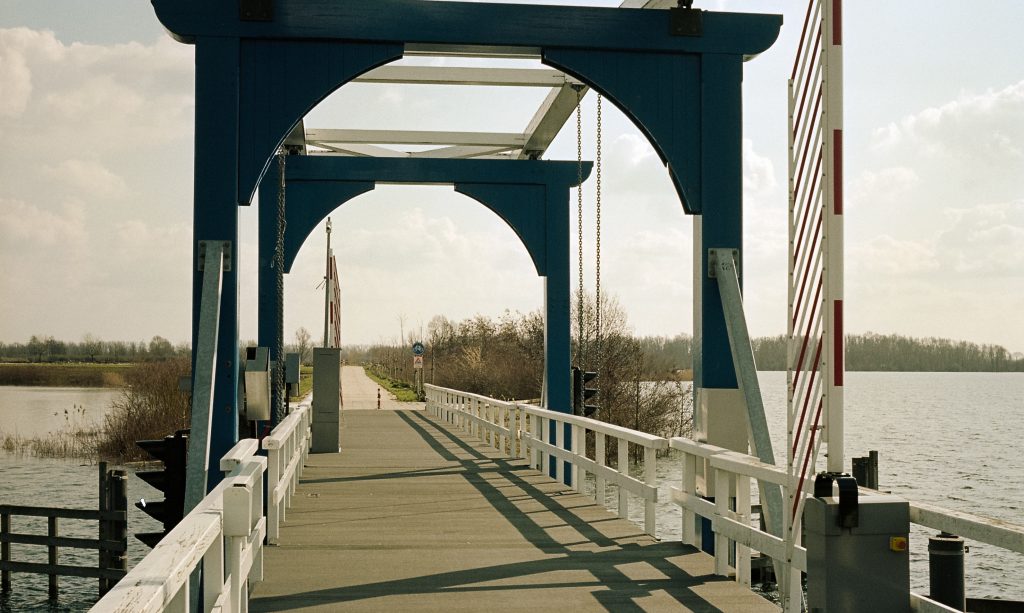
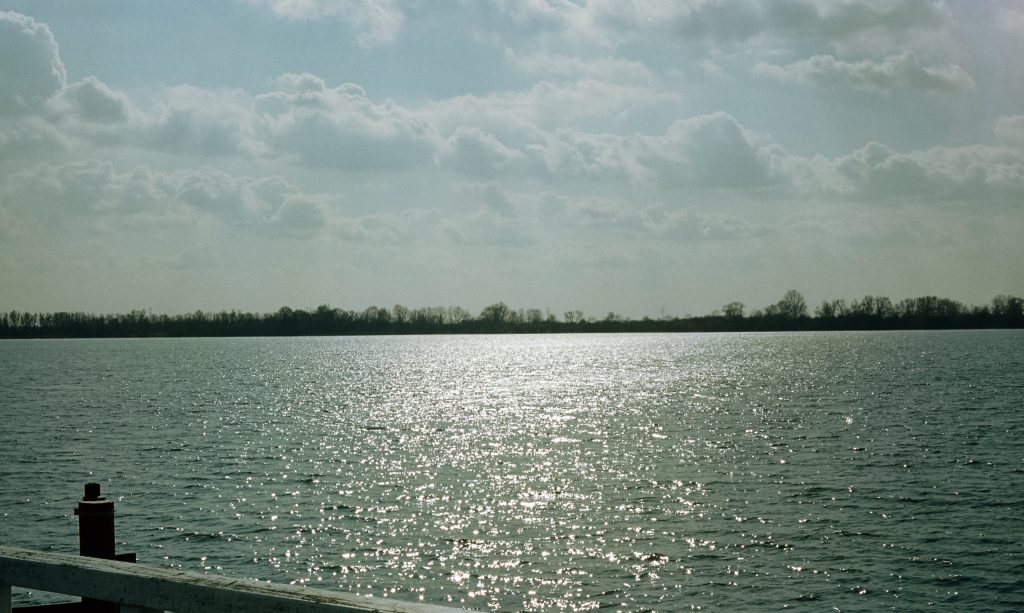
[twenty20 img1=”472″ img2=”471″ direction=”vertical” offset=”0.5″ width=”100%” before=”withNegativeLabPro” after=”with Epson software” hover=”true”]
The second set with the bridge show a similar pattern, more sharpness & contrast with the negative lab pro plugin, although the warmth in the Epson color profile is noteworthy. This can also be done by changing the color in the plugin:
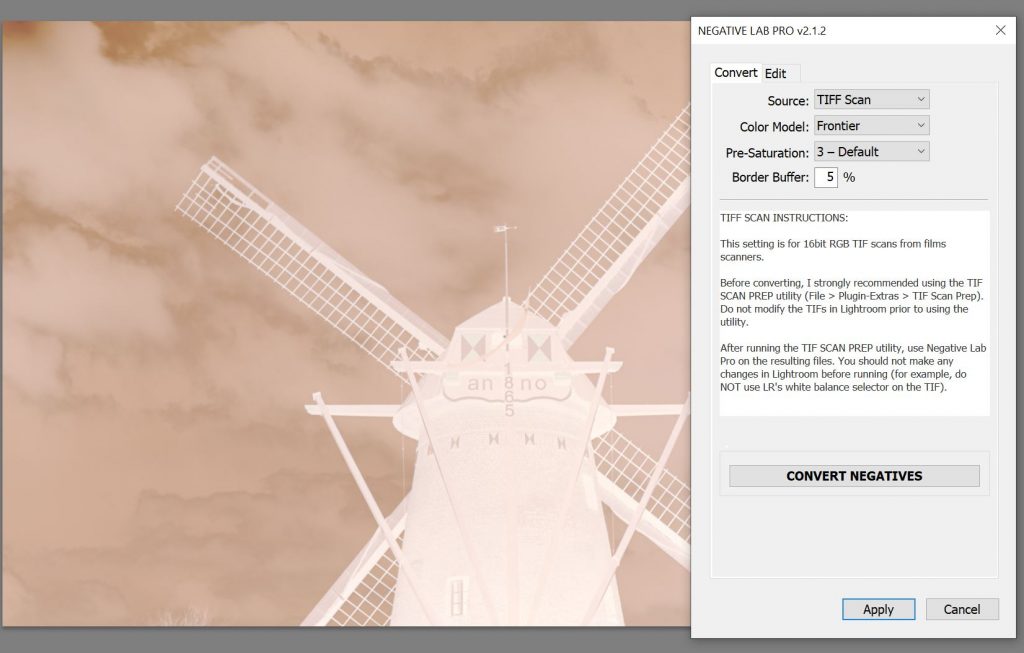
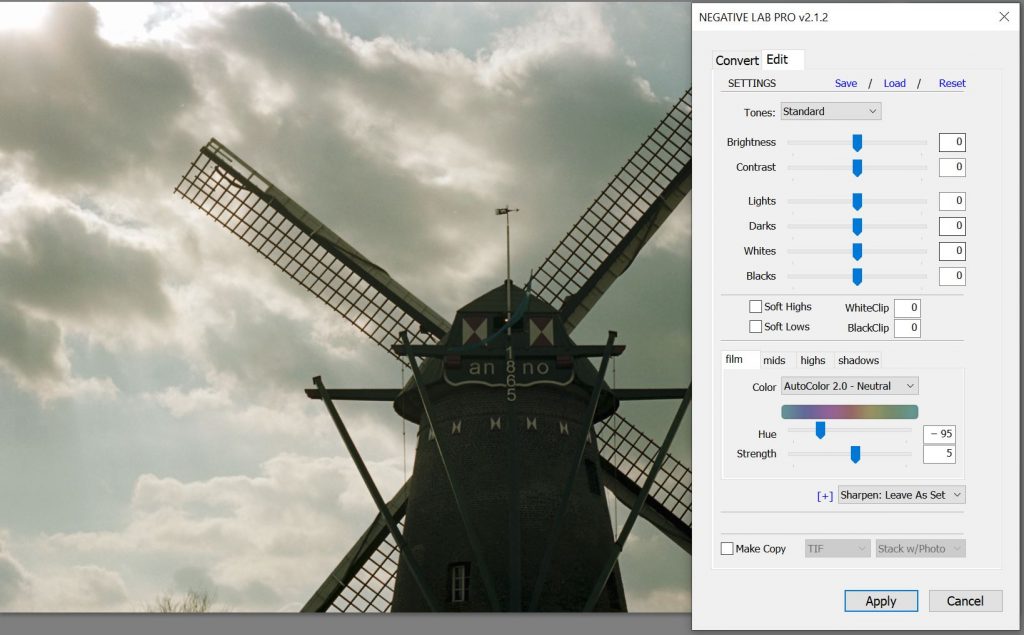
[twenty20 img1=”479″ img2=”478″ direction=”vertical” offset=”0.5″ width=”100%” before=”withNegativeLabPro” after=”with Epson software” hover=”true”]
In summary, the Epson software does its best when it comes to colors, sharpness and contrast. The software works standalone and can only do the whole homework without having to compromise on quality. The software is not fast, a scan of four negatives including Digitalice took 7:09 min and 8:02 min for the output scan to Lightroom.
How about Silverfast? Let us compare again a scan, made from negative to positive (a regular filmnegative scan) and a positive to negative scan for use with the Negativelab plugin in Lightroom. But Silverfast can make RAW (DNG) outputfiles, so you can choose between DNG and TIFF. The latter permits the use of both the splendid dust and scratch removal ISRD and SRDx functionalities. With the RAW files this is unfortunately not possible. Let us take a look at the comparison between the TIFF and DNG file.
[twenty20 img1=”493″ img2=”494″ direction=”vertical” offset=”0.5″ width=”100%” before=”TIFF” after=”RAW/DNG” hover=”true”]
The DNG file shows lot familiarity with the Epson above, but has all dust and scratches on it. The TIFF file is clean and shows a lot of contrast and sharpness. Also the colors are vivid.
We do the same for the pictures with the lake where the same conclusion can be drawn.
[twenty20 img1=”499″ img2=”498″ direction=”vertical” offset=”0.5″ width=”100%” before=”TIFF” after=”RAW/DNG” hover=”true”]
Finally what about just scanning with Silverfast?
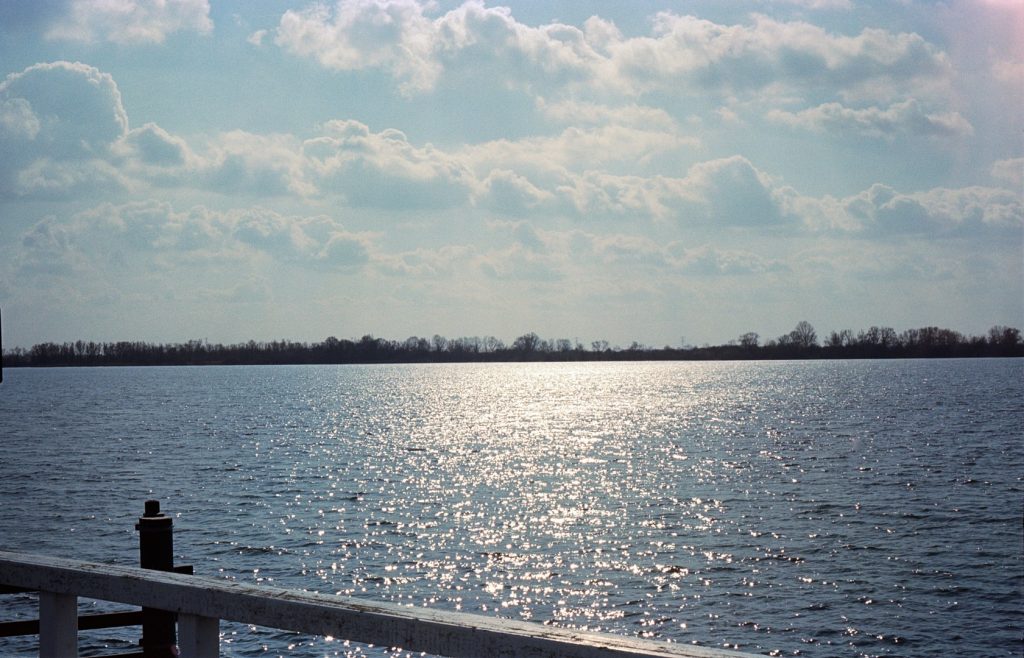
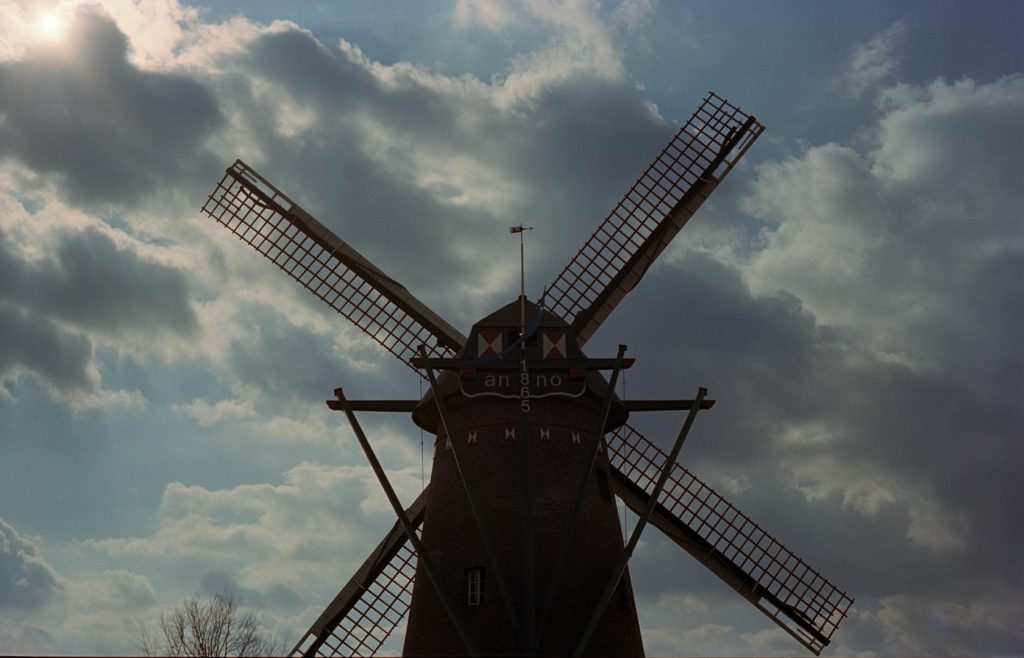
Although these are fascinating scans, the light does not reflect the actual situation as I remember it, it looks too dark. Of course this can be edited in Silverfast or other editors. But straight from the scanner, the negafix for me does not set the light right, the colors although seem fairly accurate.
What certainly does not work are the RAW files with no possibility of improving dust, scratches and dirt on the negatives. Both Epsonscanner and Silverfast have excellent solutions for this, but only for the TIFF variants. Scanning negatives with the built-in color profiles, adding sharpness goes well in both packages and with Silverfast also a bit faster. The intervention of NegativeLabPro makes the colors appear a bit more neutral, more sharp and more contrasting. It doesn’t make although a world of difference. In the end it is not what is better or best, but you think it best suits the photo. So it is mainly a matter of taste.
Links:

